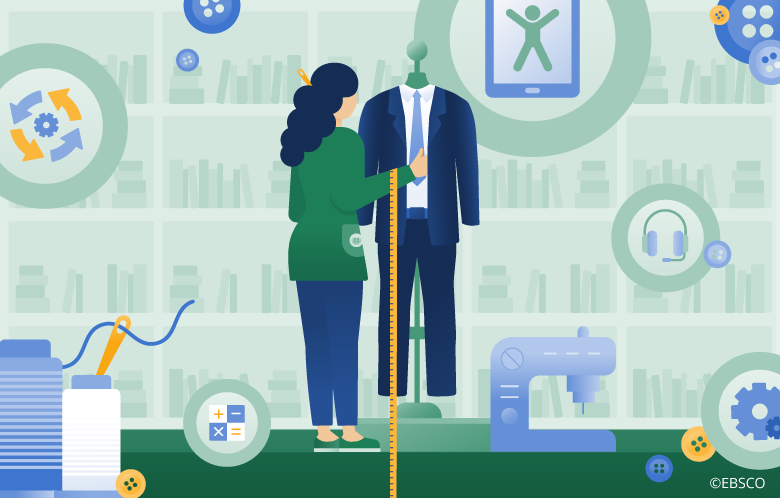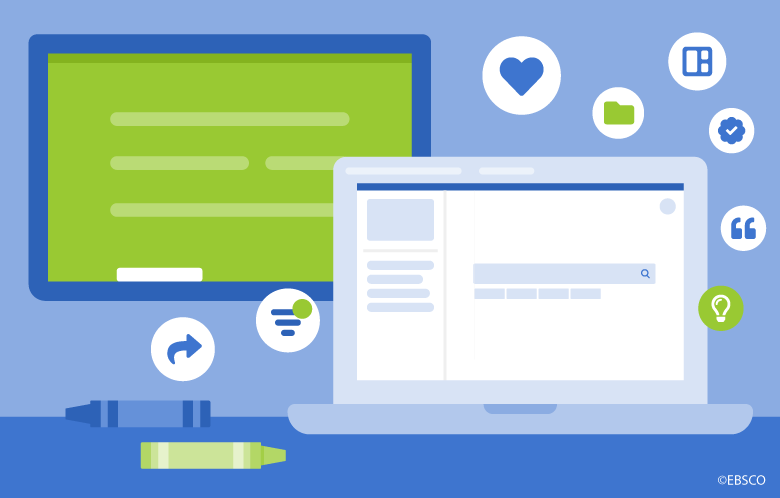In an era marked by diminishing budgets, constrained resources, and a competitive talent landscape, finding solutions to these challenges is even more crucial to a library’s success. While these issues are not unique to the library space, they deserve solutions developed specifically for libraries.
As the world moves towards a more digital approach, every industry is moving into the software as a service (SaaS) realm at its own pace. For those not familiar with SaaS, Gartner describes it as “software that is owned, delivered and managed remotely by one or more providers. The provider delivers software based on one set of common code and data definitions that is consumed in a one-to-many model by all contracted customers at any time on a pay-for-use basis or as a subscription based on use metrics.”
No matter where you are on your journey, there is undoubtedly software out there that helps you in any part of your business. According to Harvard Business Review, “these [SaaS] platforms let users access software and applications in the cloud, freeing them from the burden of purchasing and managing complex software and hardware."
When searching for solutions for your library, here are five questions to consider when making your decisions.
How well does your software play with others?
Libraries use a myriad of software platforms to manage business operations. While some software syncs seamlessly, sometimes an API is needed, and sometimes certain tasks still demand manual data handling. Developing systems that share information seamlessly or building APIs is costly and time consuming. Most libraries do not have these resources. The SaaS model allows libraries to incorporate their established workflows into a cohesive user experience for its patrons and staff. Integrating existing cloud storage, Google Drive, LibGuides, open-source front-end interfaces, integrated library systems (ILS) and learning management systems (LMS) are seamlessly integrated on your behalf. The interoperability of these systems also allows insights into business activities that were not previously easy to access or analyze.
What administrative and budget burdens can your product relieve?
The move from onsite servers to services hosted in the cloud has been the business norm because of the many benefits that cloud-based hosting offers. The move to cloud-based servers has freed up funds that were used to maintain onsite servers. It also allows libraries to use their limited funds for other improvements. So, there is no need to rely on stretched IT staff or an external vendor to make urgent updates to your library website. Updates like a last minute book signing, a change in library hours because of a weather event, or a new book list that your librarian thought of on the fly should be easy to complete by the library staff themselves. Even if your website is hosted by a parent organization, there are solutions for an independent library website. SaaS allows a trusted vendor to manage hosting and securing your site, as well as necessary code updates to accommodate the frequent revisions made by all the major internet browsers. All you need to focus on is adding and enhancing your library content.
How is the software designed for accessibility and ease of use for everyone?
Continuous improvement of features is one benefit of having a SaaS product. As laws that govern accessibility requirements change and technological advancements come about, updates need to happen constantly to provide the best user experience. Dedicated teams that focus on how patrons interact with your library interface, the accessibility of your website, the look and feel of your website, and harvesting your library data from disparate platforms are all things you don’t have to worry about. A team with these delegated tasks frees up time and resources for more meaningful tasks.
What expertise powers your support and development teams?
The need for technical expertise to do your best work is no longer needed. The SaaS model provides you with access to technical field service engineers, an authentication services team, implementation project managers and multilingual technical and customer support. When software is developed by librarians and people familiar with the industry, the best patron experience is delivered. Software built through extensive user testing, refining the product through user feedback and various research methods proves to deliver the best results when looking for a discovery tool.
Are there business intelligence tools to simplify and enhance library management?
Libraries, like many corporations, have disparate data sources. A SaaS product provides a centralized place for you to analyze data, recognize trends, and make evidence-based decisions. Data sources like integrated library systems (ILS), discovery systems, interlibrary loan services, authentication and proxy services, and student information systems can be integrated into custom built or standardized templates. You can take the manual pulling of information off your plate and allow the software to streamline. This allows your librarian administrators to get on-demand insights for collections and services, identify which resources are most used, spot trends in loans and e-resource usage, and enhance your ILS data.
By asking these questions, you are helping write the next chapter of your library’s story. Selecting the right software can assist in effectively telling the story of your library. Like the spine of a book, supporting your library is crucial for a lasting legacy.



